The UK convenience market will grow by 30% over the next five years to £49 billion from a current value of £37 billion, according to the latest estimates by research and training charity, IGD.
In its latest report on the convenience sector it states symbol group operators have the biggest overall share of convenience sales, accounting for just over £4 in every £10 spent in UK convenience stores. Sales at symbols groups represent more than the next two largest groups (convenience multiples and unaffiliated independents) combined.
The convenience multiples have experienced the fastest growing increase in sales in the 12 months to April 2014 and are now the second largest part of the market:
Unaffiliated independents and symbol groups account for over 70% of the total number of convenience stores and while growing at the fastest rate, convenience multiples still represent less than 10% of total stores:
Joanne Denney-Finch, chief executive, IGD, said: “The convenience sector continues to build on its success and we’re forecasting almost £12bn in extra sales between now and 2019.
“Convenience stores are benefiting from changing social demographics, such as smaller households, and shoppers spreading more of their spending across a variety of grocery formats. Our latest ShopperVista research shows that seven out of ten (71%) of them are using both a supermarket and convenience shop in any given month.
“Our 24-hour,seven day- a-week society means people can buy anything, anywhere and at any time.
Convenience stores are well placed to make the most of this trend as shoppers use them more than any other type of grocery format.
“Building on the success of click and collect, convenience shops continue to offer a link between digital and physical shopping – acting both as a drop-off and collection point. This also provides another reason for shoppers to visit, helping them combine two tasks in one journey.
“With all types of retailers focusing so much on convenience, it’s an incredibly exciting time to be involved in this sector. However, it’s vital convenience shops stay close to shoppers changing needs and keep innovating to maintain this momentum. One convenience operator, for example, tweets alerts about seasonal products while another has an interactive digital ‘smart pad’ allowing customers to view local suppliers and leave feedback.”





















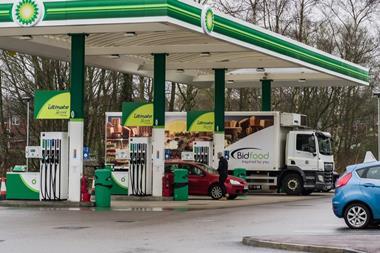
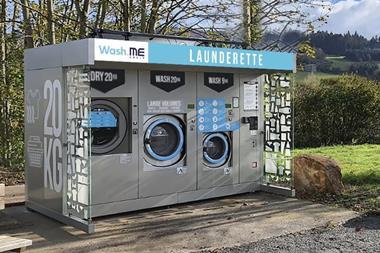
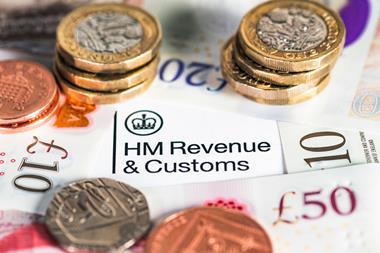
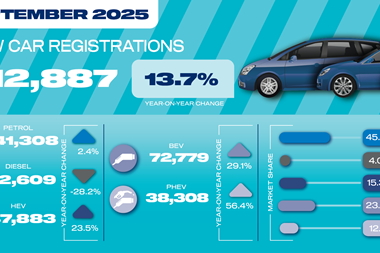

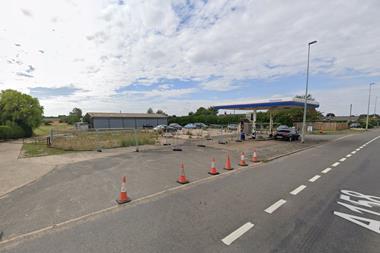






No comments yet